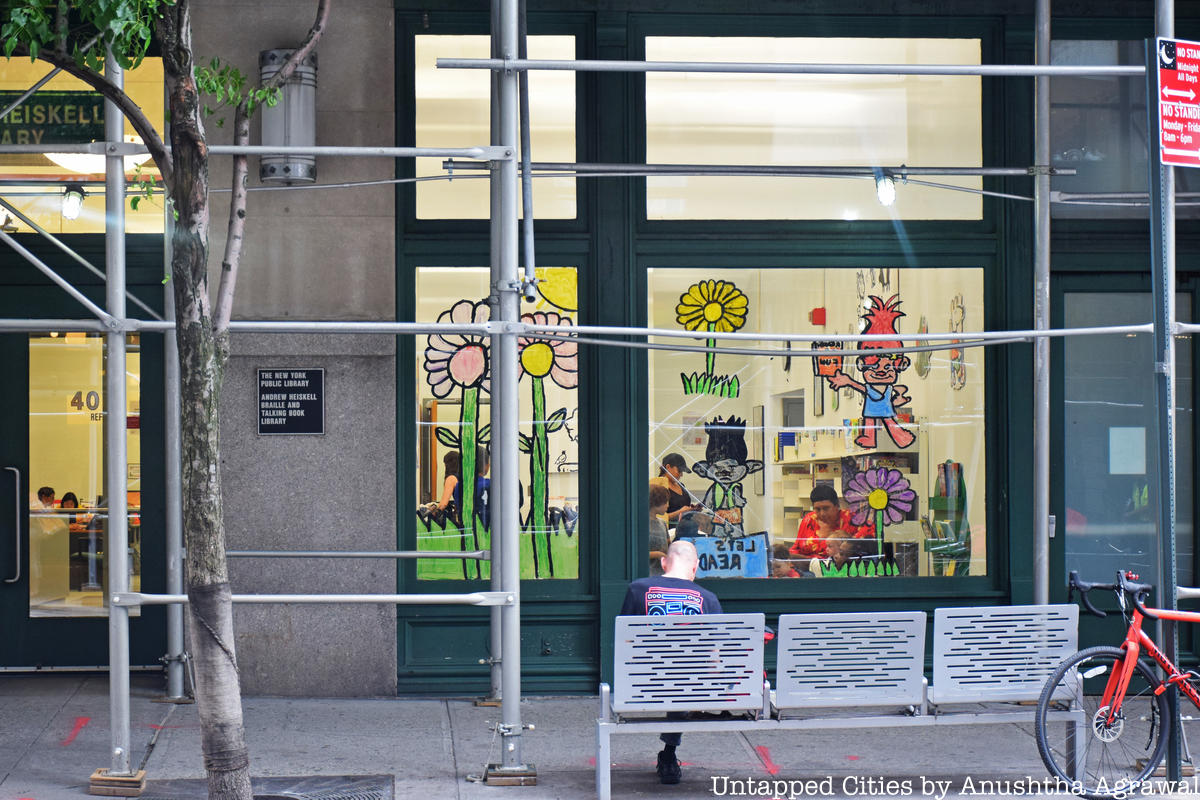7. Andrew Heiskell Braille and Talking Book Library

The Andrew Heiskell Braille and Talking Book Library only opened its current location 1991 on 40 West 20th Street, but its history extends over a hundred years. The building was originally called the Library for the Blind and Physically Handicapped and was opened in 1895 by Richard Randall Ferry, a rich hat manufacturer who lost his sight. Ferry’s extensive braille collection moved from various branches of the New York Public Library following its inclusion in 1903. Even then, the library offered free delivery accommodations for its blind patrons who couldn’t travel to the library.
As technology was developing, the desire for alternatives to braille deepened as it was difficult for people who were aging or those with fingertip sensitivities to effectively use braille. Technology had substantially developed since the phonograph but newer devices for voice recording were expensive, only had a short amount of playing time and weren’t very durable. In the 1930s, the technology had come a long way and talking book machines were a reality. Blind people were employed to test them through a Works Progress Administration employment program.
Through the years, as services for the blind and federal laws to extend services for children improved, the library moved to several larger locations to accommodate the increase in services. In the 1960s, open-reel tapes, audio cassettes, and flexible disks were added to the library’s collection. In the 70s, the New York Public Library was the first to provide a Kurzweil Reading Machine service that converted text into synthetic speech.
The new building was made to be much more accommodating than the previous renditions with barrier-free architecture, multiple braille reading rooms, large print books, and electronic resources. The library also contains rare documents like an original letter that Helen Keller wrote to the library in 1951.





